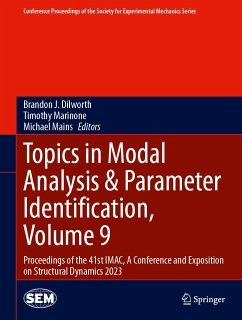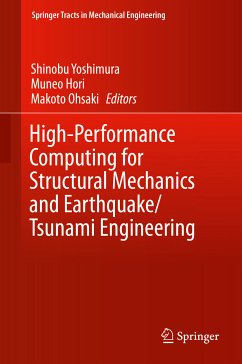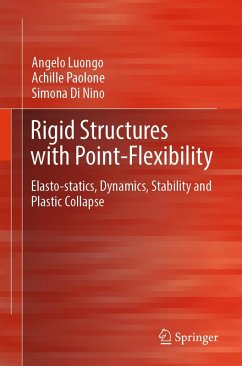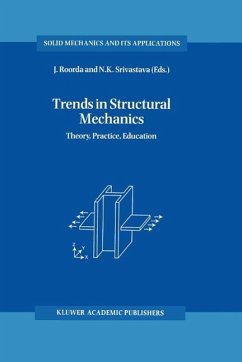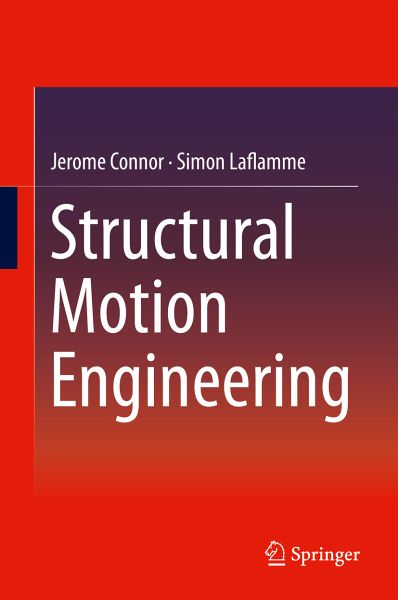
Structural Motion Engineering (eBook, PDF)

PAYBACK Punkte
48 °P sammeln!
This innovative volume provides a systematic treatment of the basic concepts and computational procedures for structural motion design and engineering for civil installations. The authors illustrate the application of motion control to a wide spectrum of buildings through many examples. Topics covered include optimal stiffness distributions for building-type structures, the role of damping in controlling motion, tuned mass dampers, base isolation systems, linear control, and nonlinear control. The book's primary objective the satisfaction of motion-related design requirements such as restricti...
This innovative volume provides a systematic treatment of the basic concepts and computational procedures for structural motion design and engineering for civil installations. The authors illustrate the application of motion control to a wide spectrum of buildings through many examples. Topics covered include optimal stiffness distributions for building-type structures, the role of damping in controlling motion, tuned mass dampers, base isolation systems, linear control, and nonlinear control. The book's primary objective the satisfaction of motion-related design requirements such as restrictions on displacement and acceleration and seeks the optimal deployment of material stiffness and motion control devices to achieve these design targets as well as satisfy constraints on strength. The book is ideal for practicing engineers and graduate students.
Dieser Download kann aus rechtlichen Gründen nur mit Rechnungsadresse in A, B, BG, CY, CZ, D, DK, EW, E, FIN, F, GR, HR, H, IRL, I, LT, L, LR, M, NL, PL, P, R, S, SLO, SK ausgeliefert werden.





